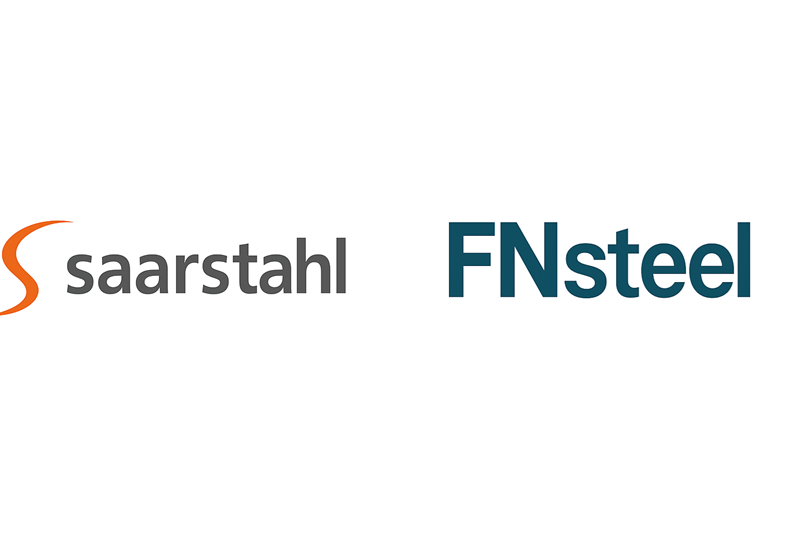According to data released by the International Molybdenum Association (IMOA), global molybdenum production in the first quarter of 2025 increased by 1% compared to the previous quarter, reaching 165.4 million pounds (mlbs) [approximately 75,000 tons]. This represents an increase of 7% compared to the same period last year.
Molybdenum utilization also increased by 6% q/q to 170.6 million pounds (mlbs) [approximately 77,400 tons] in the same period. Compared to the same quarter last year, utilization increased by 4%.
On a regional basis, China remained the largest producer of molybdenum with production of 76.7 million pounds (mlbs) [about 34,800 tons]. Production in the country was increased by 3% q/q and 9% y/y. South America is the second largest producer at 42.6 million pounds (mlbs) [about 19,300 tons], but production there was decreased by 4% q/q and increased by 2% y/y.
Production in North America increased to 32.5 million pounds (mlbs) [approximately 14,700 tons], an increase of 4% q/q and 15% y/y. In other regions, production decreased by 3% to 13.6 million pounds (mlbs) [about 6,200 tons], representing a decrease of 6% compared to the same period last year.
On the use side, China was the largest consumer of molybdenum with 84.9 million pounds (mlbs) [about 38,500 tons]. Utilization was up 8% q/q and 13% y/y. Europe is the second largest user at 28.7 million pounds (mlbs) [about 13,000 tons]. Utilization there was increased by 1% compared to the previous quarter, but decreased by 9% compared to the same period last year.
Molybdenum use in the US increased by 8% y/y to 17.8 million pounds (mlbs) [about 8,100 tons], the largest percentage increase of 18%. In Japan, use increased by 8% to 11.6 million pounds (mlbs) [about 5,300 tons]. In the CIS region, utilization decreased by 3% and 12% compared to both the previous quarter and the same period last year, respectively.
About IMOA
The International Molybdenum Association (IMOA) is a non-profit trade association representing the majority of the molybdenum industry worldwide. It works to draw attention to the importance of molybdenum in terms of its contribution to material performance, safety of use and sustainable development.
Molybdenum is used to improve the strength, toughness and corrosion resistance of alloy steels in the automotive, shipbuilding, construction, mining, chemical, oil and gas and energy sectors. It is also found in a variety of products such as catalysts, lubricants, pigments and paints.
The Association adheres to strict antitrust compliance rules at all its meetings, which are supervised by legal counsel.









Comments
No comment yet.